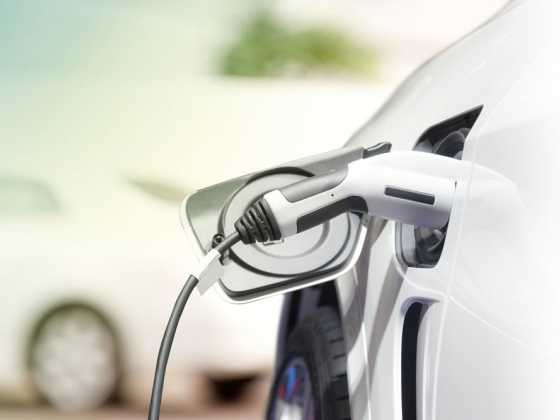Fewer AdBlue-related call outs for the AA
The AA has received five per cent fewer call-outs related to AdBlue in the first half of 2019, compared with the same period the previous year, showing that the AdBlue message is getting through to drivers.
The news follows a peak last year, in which the organisation reported seeing 23,000 AdBlue-related breakdowns in the 12-months to June 2018.
The roll-out of Euro6 emissions regulations and Selective Catalytic Reduction (SCR) technology means that AdBlue usage is on the increase. But AA technicians say fewer drivers are making the mistake of running out of the fluid while call-outs related to system faults are also on the decline.
The AA’s Stuart Thomas, Director of Fleet & SME, says: “Last year a lack of driver education was leading to significant AdBlue breakdowns, but we are pleased to see that knowledge levels seem to be on the increase. Fleet managers are obviously doing a good job updating drivers on what they need to do. And, if you’ve run out once, you are unlikely to make the same mistake again!”
Most drivers will need to top up their AdBlue at least once between services, so it is important to keep an eye on dashboard warnings, particularly for high mileage fleet drivers or those who are jumping in and out of different cars in the company pool.
Thomas continues: “We’ve all done it, jumped into an unfamiliar car and decided to take a chance on leaving the warning lights for the next poor person to get behind the wheel. However, when AdBlue runs out, the engine’s power and performance will be severely limited, and you won’t be able to restart the engine when you stop. The good news is that the warnings will come up with plenty of time to get your car topped up. The onus is on drivers to keep their fleet managers informed if they don’t get it sorted themselves.”
AA technicians are also warning fleets not to get caught out when the weather turns colder this Autumn and Winter. Thomas adds: “Changes in the driving conditions, whether that is heavy payloads or extreme weather, can significantly impact how quickly you get through your tank of AdBlue. The size of the tank also makes a massive difference. While you might top up anywhere between every 3,000 and 12,000 miles in the Spring and Summer, this could drop dramatically in the cold weather.”



